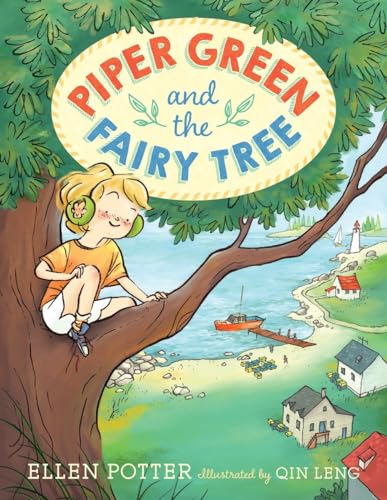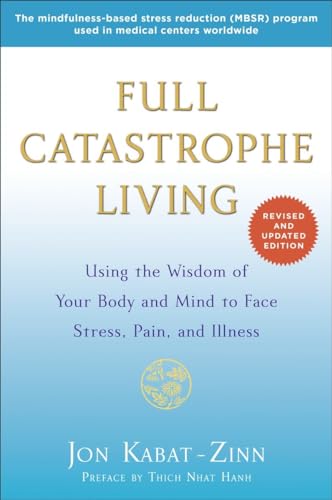
Nearly all countries around the planet have ultimately come to terms with the fact that changes in power usage customs are going to need to be made in the upcoming years and decades.
Most regions recognize that the timing of these tasks is rapidly slipping away from us; we are now at the “we need to get it done now” stage. The timing will quickly become; we should get this done sooner rather than later, and then we will wish we had gotten our energy usage under control.
In most ways, the problem is scary and, to some extent, depressing. Fortunately, answers to the world’s power concerns exist if they are merely used and developed to their maximum and most efficient potential. Solar power, like other alternative energy alternatives, is making great strides in terms of technology and implementation. Wind turbine energy is one of these alternatives, a source of continuous clean energy that is actually making enormous gains in lowering coal power energy point sources where it is used.
What exactly is a wind turbine?
A wind turbine used to generate electricity is not a difficult thing to understand. It is almost identical to the water wheels that have been used for generations to manufacture flour. The only difference is that instead of water, wind is employed to turn the water wheel. The wind causes the wheel’s blades to revolve, which creates electricity with the help of gears, magnets, and resistance, which powers a motor to transport the electricity down power lines. Unfortunately, the energy generated by the turbine cannot currently be stored in batteries, necessitating the use of backup devices, but overall, it is a reasonably efficient technology.
The location, the location, the place
This last argument about not being able to store the generated energy in batteries for later usage emphasizes the importance of wind turbine placement. Because the energy generated must be delivered over power lines and used immediately, the turbines must be positioned in an area where the wind is continually blowing. That shouldn’t be too tough, one might suppose. So… yes and no. The turbine must be placed where there is a constant and steady wind most of the time, but it must also be placed where several turbines can be placed.
The current problem is that one turbine produces a lot of energy but not enough to make it economically viable. Several hundred turbines are required to make this happen. This is conceivable in many places around the world, although the main concept is regional in nature. In other words, power created in Vegas remains in Vegas. The electricity generated in West Texas remains in West Texas. This is not always a bad thing because wind turbines provide a significant portion of the power for major cities in Texas, reducing the need for coal power in locations like Los Angeles.
Not in my neighborhood.
The issue of people not wanting to look up at or listen to wind turbines all day has become somewhat of an issue. There is an undertone of concern about wind turbines, the noise they produce (constantly), and their future when they become obsolete and must be dismantled, but because the entire concept is so new, the legislature is still learning. The issue is most likely to be remedied in more metropolitan locations, where the usage of wind turbines is only getting started. When loud suburbanites learn about proposed “turbine farms,” they suddenly decide they want wind power but don’t want to see 100 turbines in their backyard, mountain top, or coastal sound.
In the dark, reading
People may become outspoken in their opposition to seeing or hearing wind turbines on a daily basis, but they may need to better realize that alternate energy sources are on the way. They should consider the need and how they will cope with the situation on a personal level. Use solar, wind, water, or nuclear power since choosing a source sooner rather than later may be the greatest way to maintain; not in my backyard, not in my backyard.





